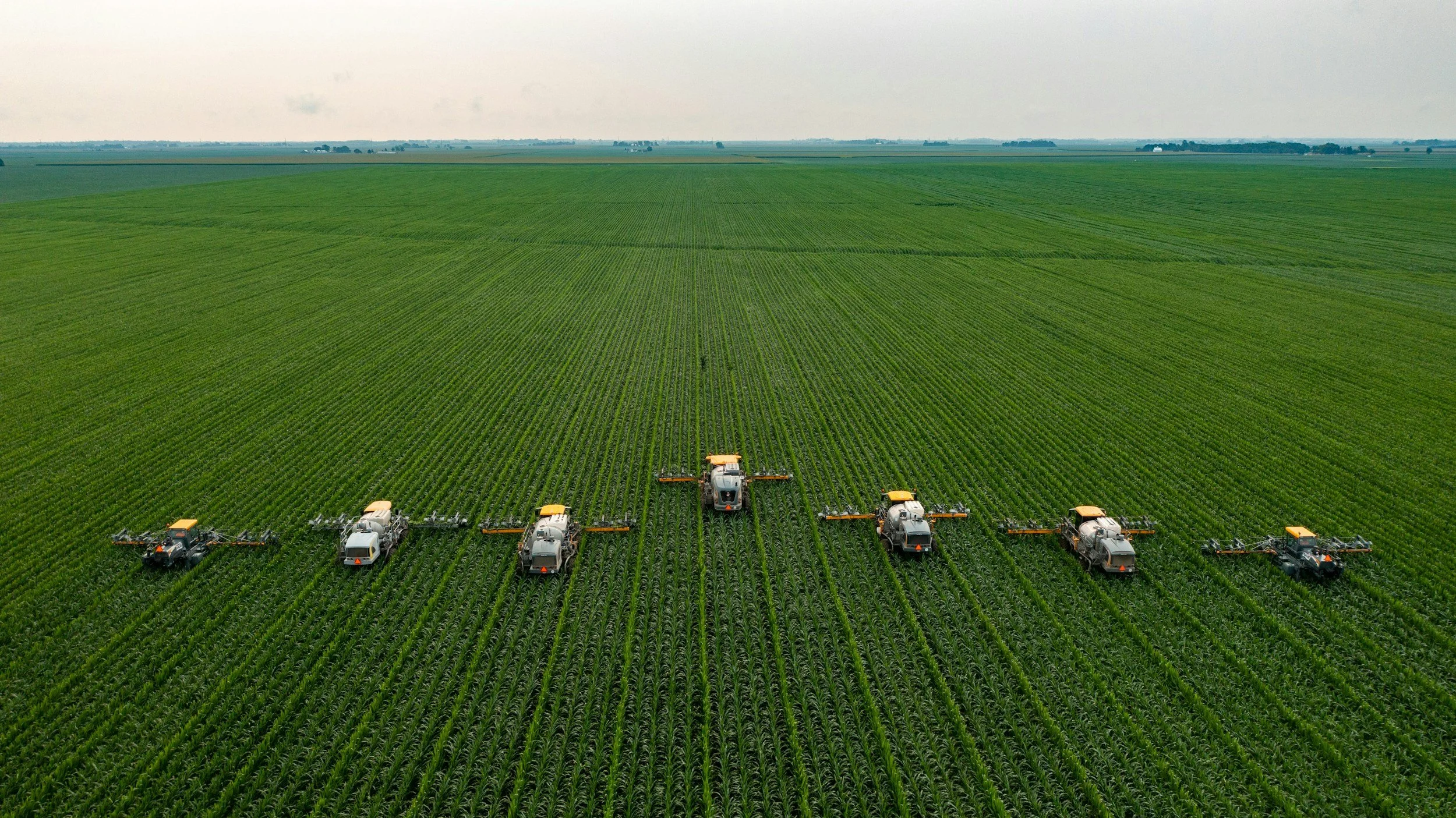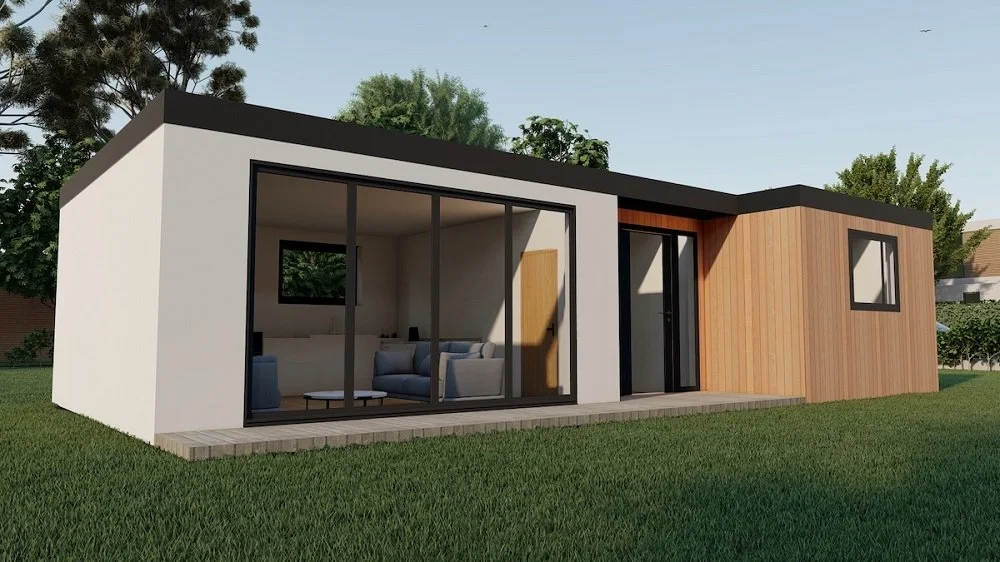Can I Plant in a Garden Shed?
/Traditionally, gardens are associated with outdoor spaces, where plants thrive under the sun’s natural light. However, gardening enthusiasts often explore innovative ways to extend their growing seasons or protect their plants from adverse weather conditions. One such innovative approach is using a garden shed for planting.
Garden sheds are versatile structures commonly found in backyards. Initially designed for storing tools and equipment, these sheds have evolved to serve various purposes. Nowadays, gardeners are repurposing them into planting spaces, taking advantage of the controlled environment they can provide.
This shift prompts the question: can one really plant in a garden shed? The answer is yes, and it comes with several benefits and some considerations.
Benefits of Using a Garden Shed for Planting
One of the main advantages of using garden sheds for planting is the protection they offer from unpredictable weather. Extreme temperatures, heavy rainfall, and strong winds can all harm plants. Gardeners can shield their plants from these elements by planting inside a shed, ensuring a more stable growing environment.
Garden sheds allow for the creation of a controlled environment. This means that factors like temperature, humidity, and light can be managed more precisely than in an open garden. Such control is particularly beneficial for growing delicate plants that require specific conditions to thrive.
Another significant benefit is the ability to extend the growing season. Outdoor gardens are often limited to the warmer months, but a garden shed can be used year-round with the proper setup. This makes growing plants even during the colder months possible, providing fresh produce and greenery throughout the year.
Preparing the Garden Shed
Before starting to plant in a garden shed, it’s crucial to clean and organise the space. Remove any tools, debris, or other items that might clutter the area. A clean, organised space is essential for healthy plant growth and makes it easier to manage the planting area.
Secondly, plants need light to grow, so ensuring proper lighting is a key step in preparing a garden shed for planting. Natural light is ideal, so consider installing windows or skylights if your shed doesn’t have them. Investing in grow lights can supplement natural light, providing the necessary spectrum for plant growth.
Lastly, proper ventilation is necessary to prevent mould and mildew, which can harm plants. Installing vents or small fans can help maintain airflow. Temperature control is also essential. Depending on the climate, you may need heaters or coolers to maintain an optimal temperature inside the shed.
Choosing Plants for a Garden Shed
Unfortunately, not all plants are suitable for growing in a garden shed. It’s important to choose plants that can thrive in an indoor environment. Generally, plants that need full, direct sunlight for most of the day, such as tomatoes or sunflowers, aren’t ideal for garden sheds. In contrast, plants that require less sunlight and can adapt to confined spaces are ideal.
Specifically, many herbs, such as basil, parsley, and mint, are well-suited for indoor growing. They don’t require a lot of space and can thrive with moderate light. Vegetables like lettuce, spinach, and radishes can also do well in a controlled environment. Certain flowers, such as African violets and begonias, can add beauty and variety to your garden shed.
In addition to selecting the right plants, consider using containers and vertical gardening techniques to maximise the space in your garden shed. Hanging baskets, wall-mounted planters, and tiered shelves can help create a lush, organised garden area without wasting valuable floor space. This approach not only makes the most of the limited space but also adds an aesthetic appeal to your garden shed.
Planting Process Inside a Garden Shed
The right soil is crucial for healthy plant growth. Use high-quality potting soil that provides good drainage and is rich in nutrients. Pots and containers should have drainage holes to prevent waterlogging, which can damage plant roots.
Moreover, indoor plants might need more frequent watering than outdoor ones because they are not exposed to rain. However, it’s essential not to overwater. Check the soil moisture regularly and water as needed.
Fertilisation is also vital. Use a balanced fertiliser to provide the necessary nutrients for your plants. A “balanced fertiliser” contains equal proportions of nitrogen, phosphorus, and potassium, which are essential for healthy plant growth. Specifically, nitrogen promotes leafy growth, phosphorus supports root development and flowering, and potassium helps overall plant health.
Depending on your plant’s needs, you may also consider adding micronutrients like calcium, magnesium, and iron. It’s crucial to follow the recommended application rates on the fertiliser packaging to avoid over-fertilising, which can harm plants. Consistently monitor your plants for symptoms of nutrient deficiencies, such as yellowing leaves or stunted growth, and modify your fertilisation routine as necessary.
Maintenance Tips
Just like any garden, a garden shed planting area requires regular care. Check your plants daily for any signs of stress or disease. Prune dead or yellowing leaves as well to encourage healthy growth. Note that this regular maintenance helps ensure that your plants remain healthy and productive throughout their growing cycle.
Indoor plants can still be susceptible to pests and diseases. Regularly inspect your plants for signs of pests such as aphids or spider mites. If you notice any issues, address them promptly using appropriate treatments to prevent them from spreading. If you’re unsure what to do, seek advice from an experienced person or a professional to avoid costly mistakes.
Watering is another crucial aspect of maintaining a garden shed planting area. Ensure that your plants receive the right amount of water, as both overwatering and underwatering can harm their health. Use a watering can with a fine rose to water gently and evenly. It’s also beneficial to use rainwater or let tap water sit for a day to allow any chlorine to dissipate.
Final Thoughts
Planting in garden sheds is possible. While this approach offers benefits like weather protection, a controlled environment, and an extended growing season, it comes with limitations like space constraints. If more information or personalised advice is needed, speaking to professionals is always recommended.
About the Author:
Reign Patterson is a freelance writer based in Michigan whose niche focuses on lifestyle and the environment. Her interest in these areas has allowed her to participate in various eco-friendly initiatives, which are now part of her day-to-day life. When she’s not writing, Reign spends her time tending to her garden.








































If you’ve ever turned to magazines, gardening shows, or even your local nursery’s stock to try and plan your spring garden, you’ll know it’s easy to feel overwhelmed by all the information – some of it conflicting – you can find out there. This is especially true if you’re new to gardening. As the days become warmer and longer, more people start shopping for plants and gardening supplies. It really is a perfect time to start planning a food and/or aesthetic garden, even if the weather hasn’t quite warmed up enough for you to transplant everything into beds outdoors.